In January, on the way to the amazing Amazon River (more about that when I get photos and life sorted), I stepped ashore for a day out in Grenada and found so much to delight. I felt as if I was on my own Dutch East India Company search for spices and herbs.
It was market day and the knockout colours of flags, tee-shirts and umbrellas vied with the bright fruit and vegetables against blue skies for colour supremacy. For me the highlight was always going to be seeing nutmegs in all their varying shapes and forms. Nutmeg is one of those subtle seasoning spices that can be used for sweet or savoury dishes. It is ground from the seed of a tropical tree Myristica fragrans and it ingrained on my history memory as one of the spices that was sought after by the Dutch East India Company on voyages of discovery in the 17th century. In fact there are two spice products that come from the seed. One is the ground powder from the seed and the other is from the bright red aril or lacy filament that wraps around the seed. This is called mace and it has a more intense flavour than ground nutmeg.
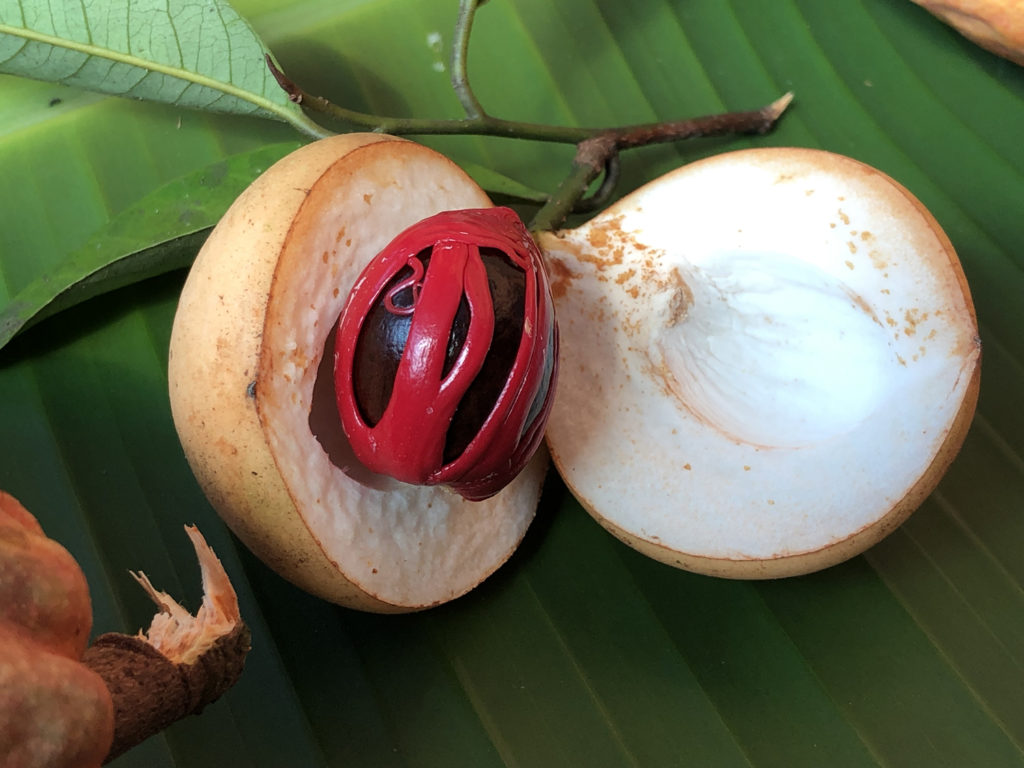
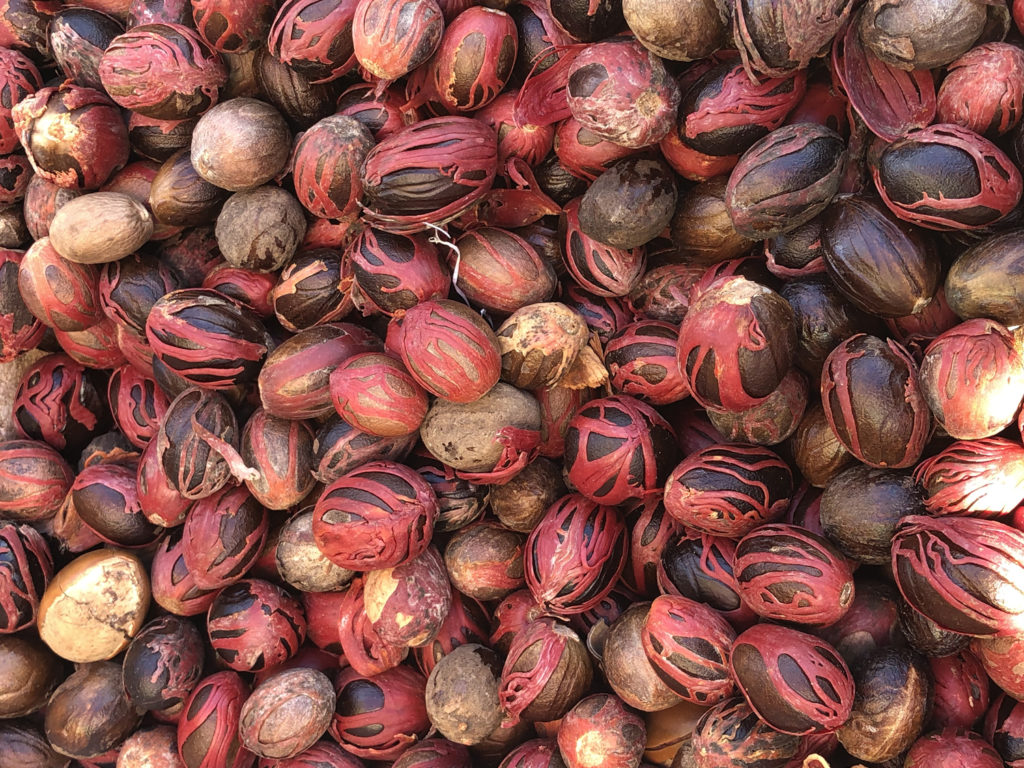
A highlight of the day in Grenada was the visit to the Grenada Nutmeg Cooperative Association, where we toured the factory, which would normally be humming with activity. As it was a Saturday there were no workers, but the aroma from the storage sacks was sweet and pungent.
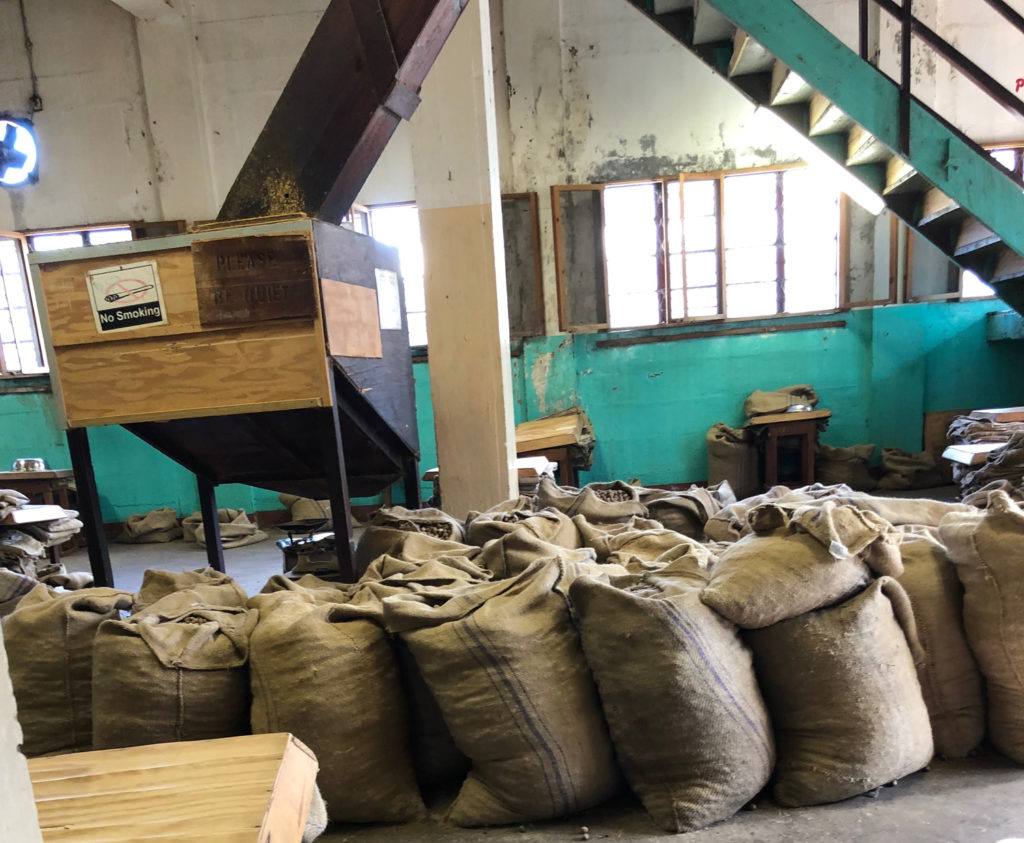
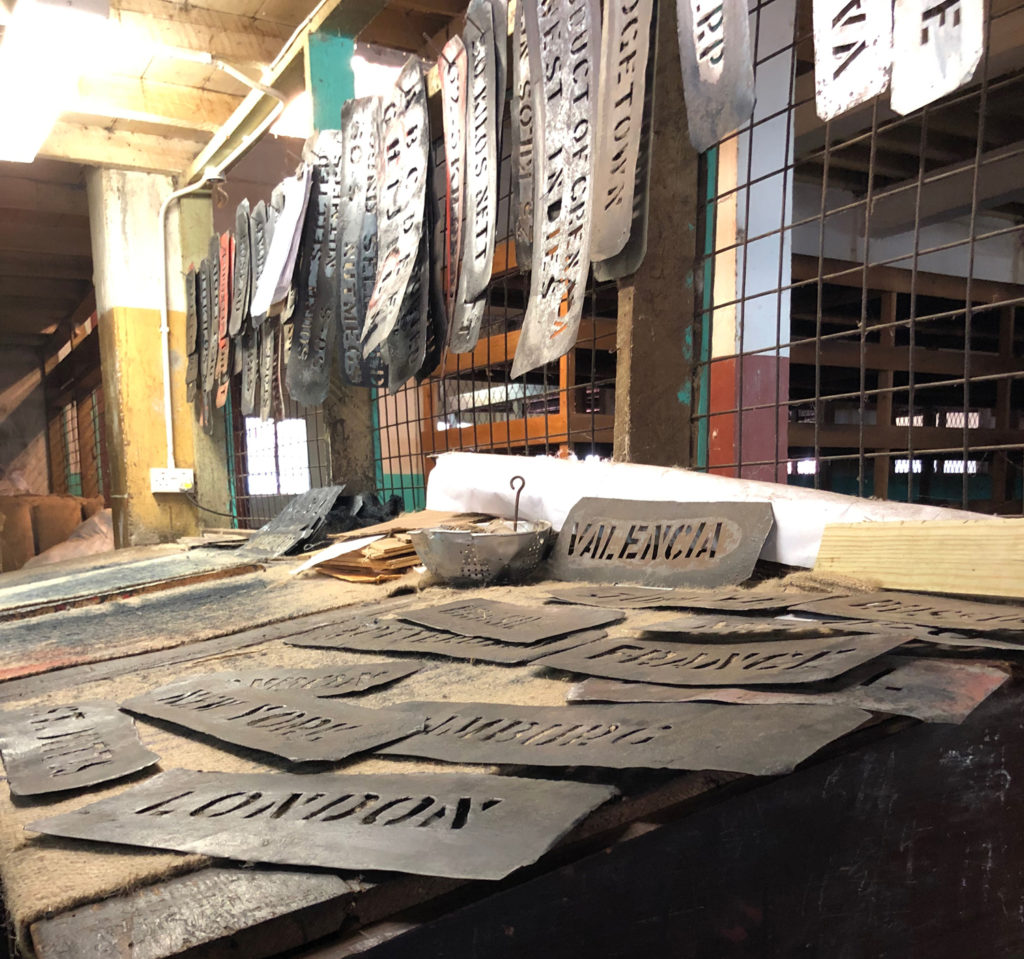
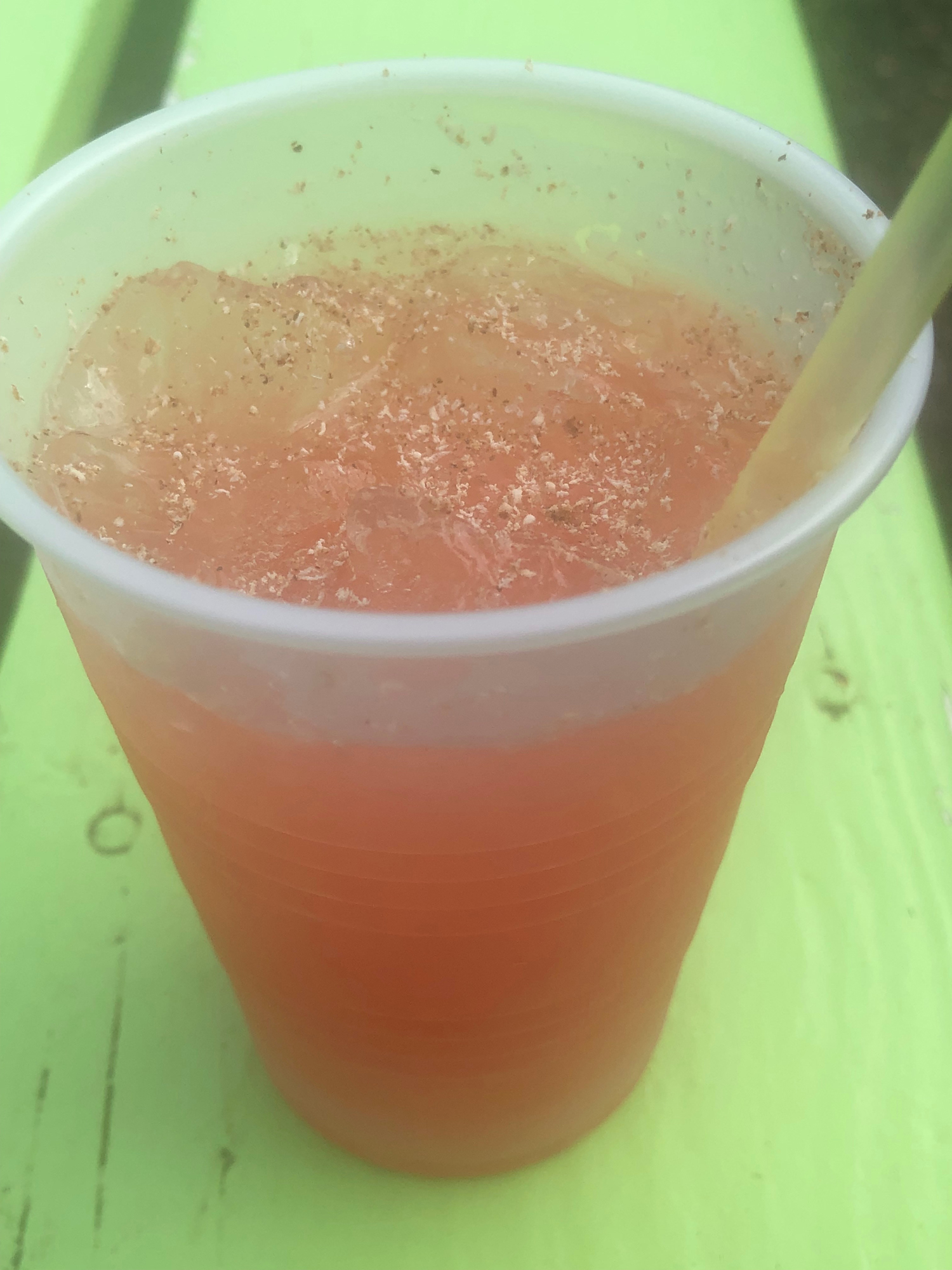
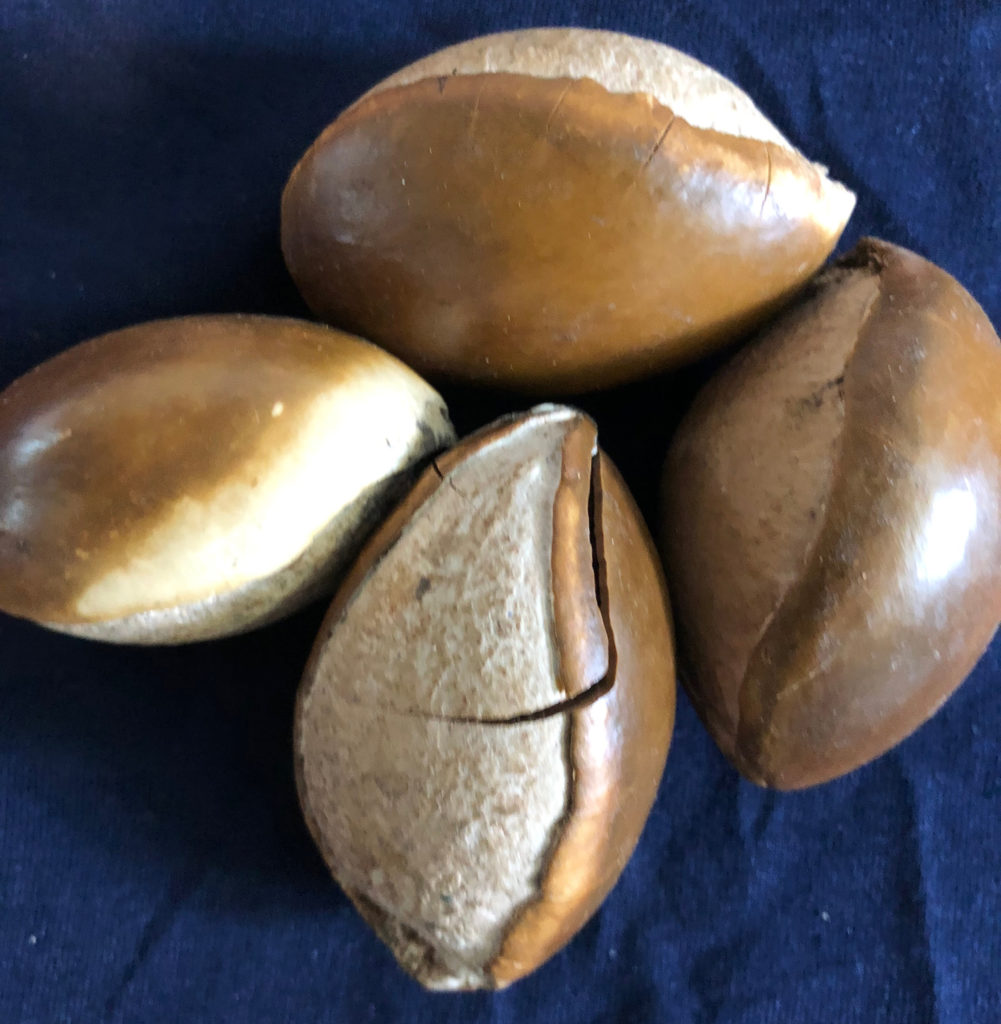
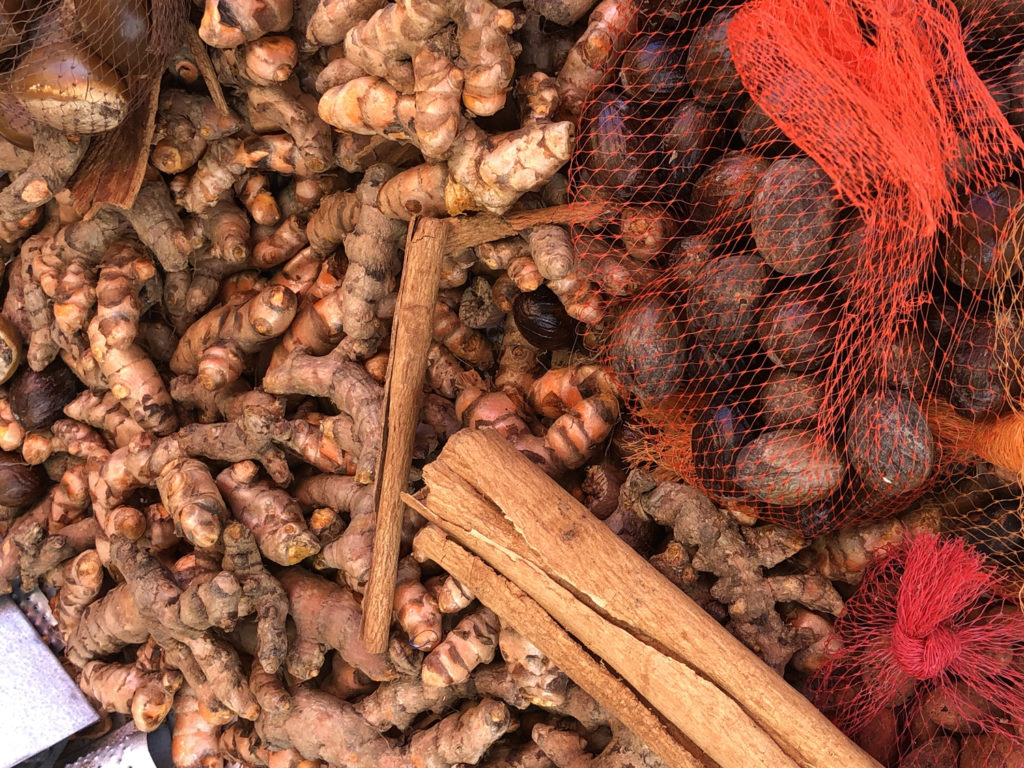
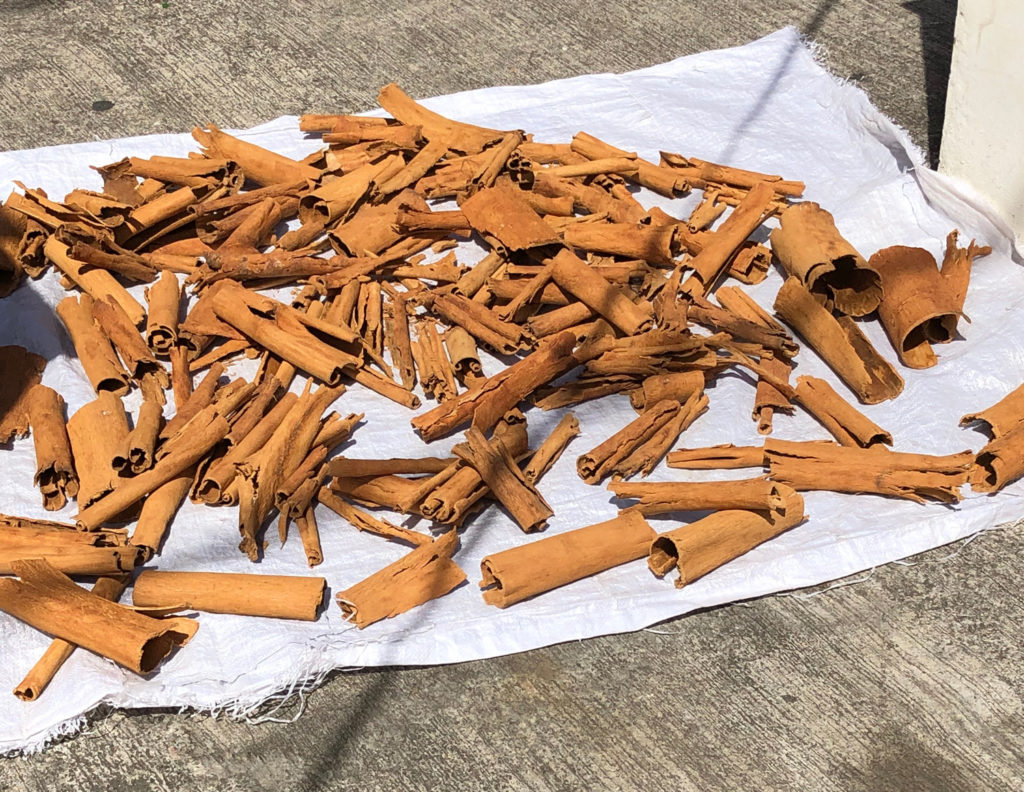
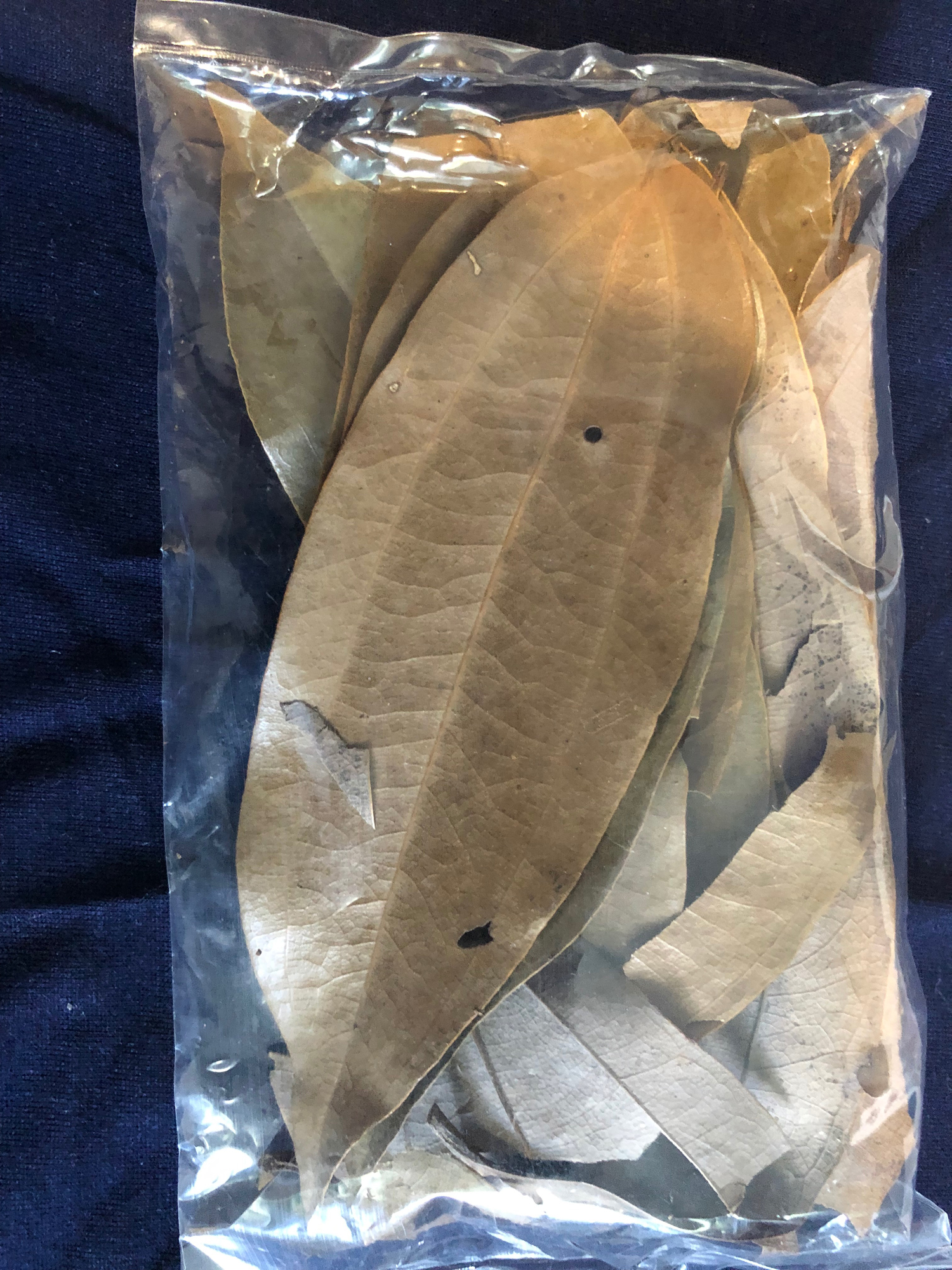
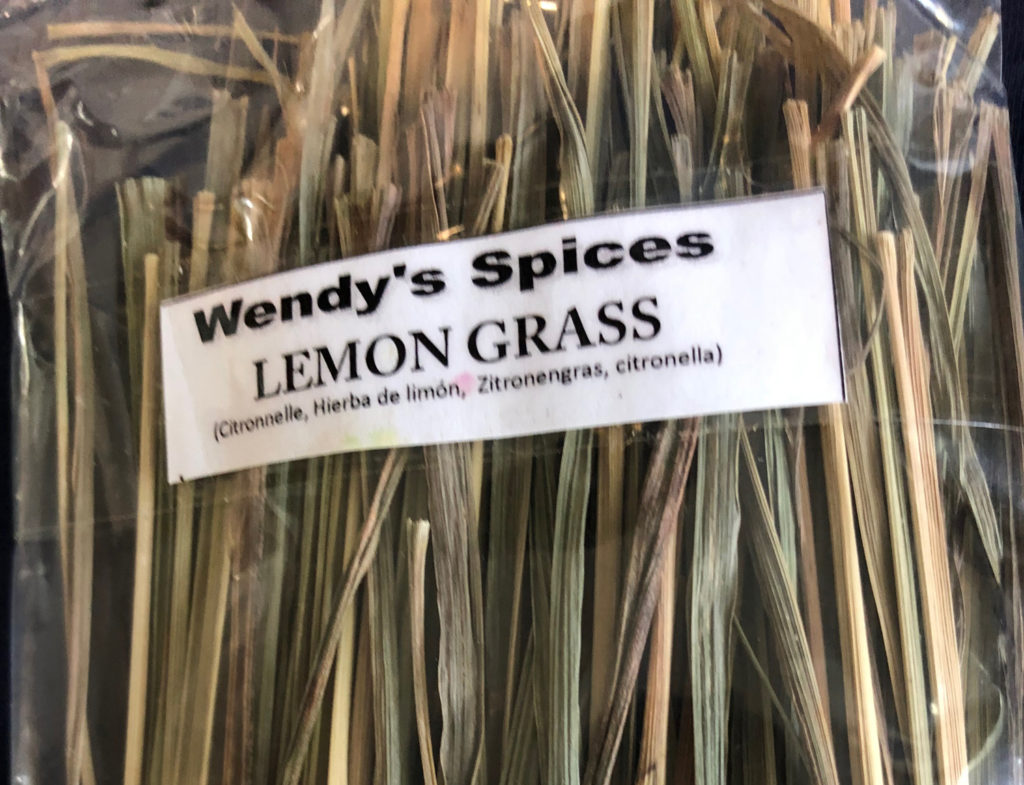
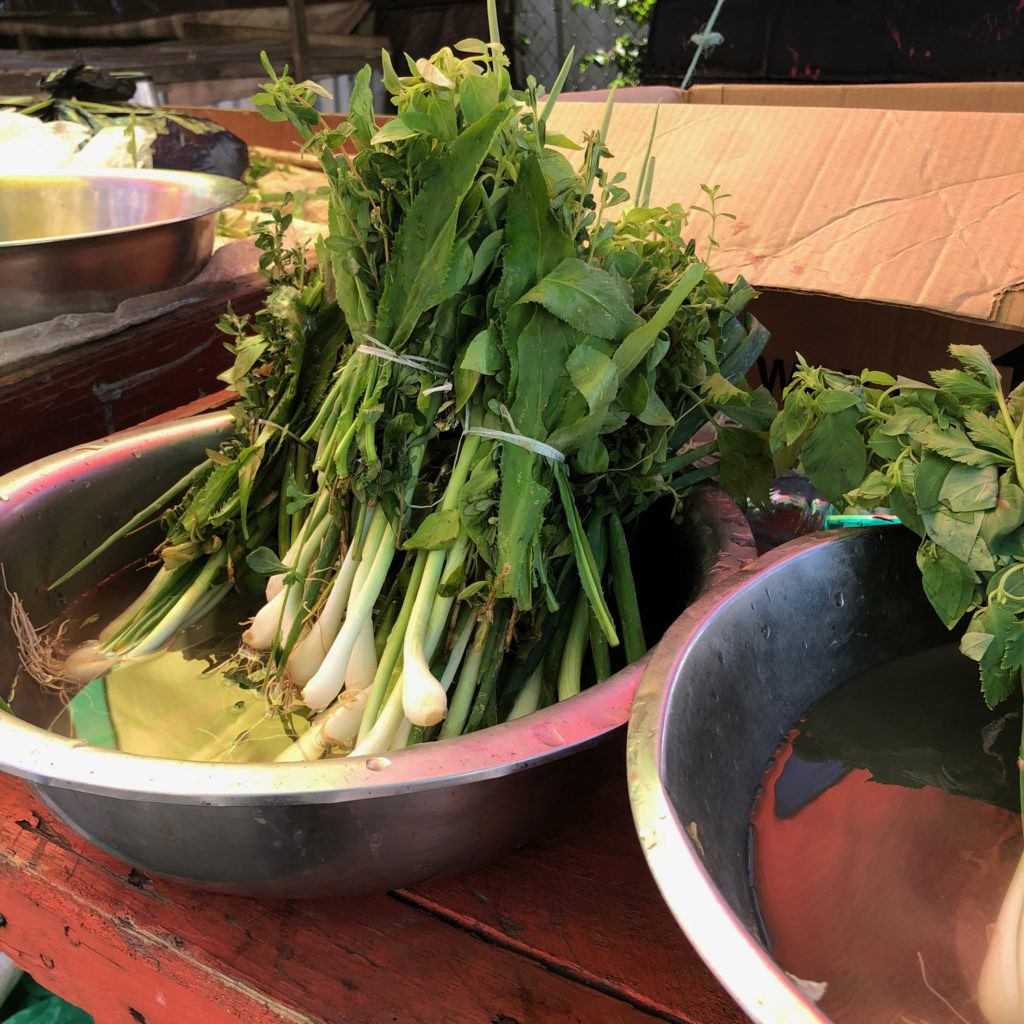
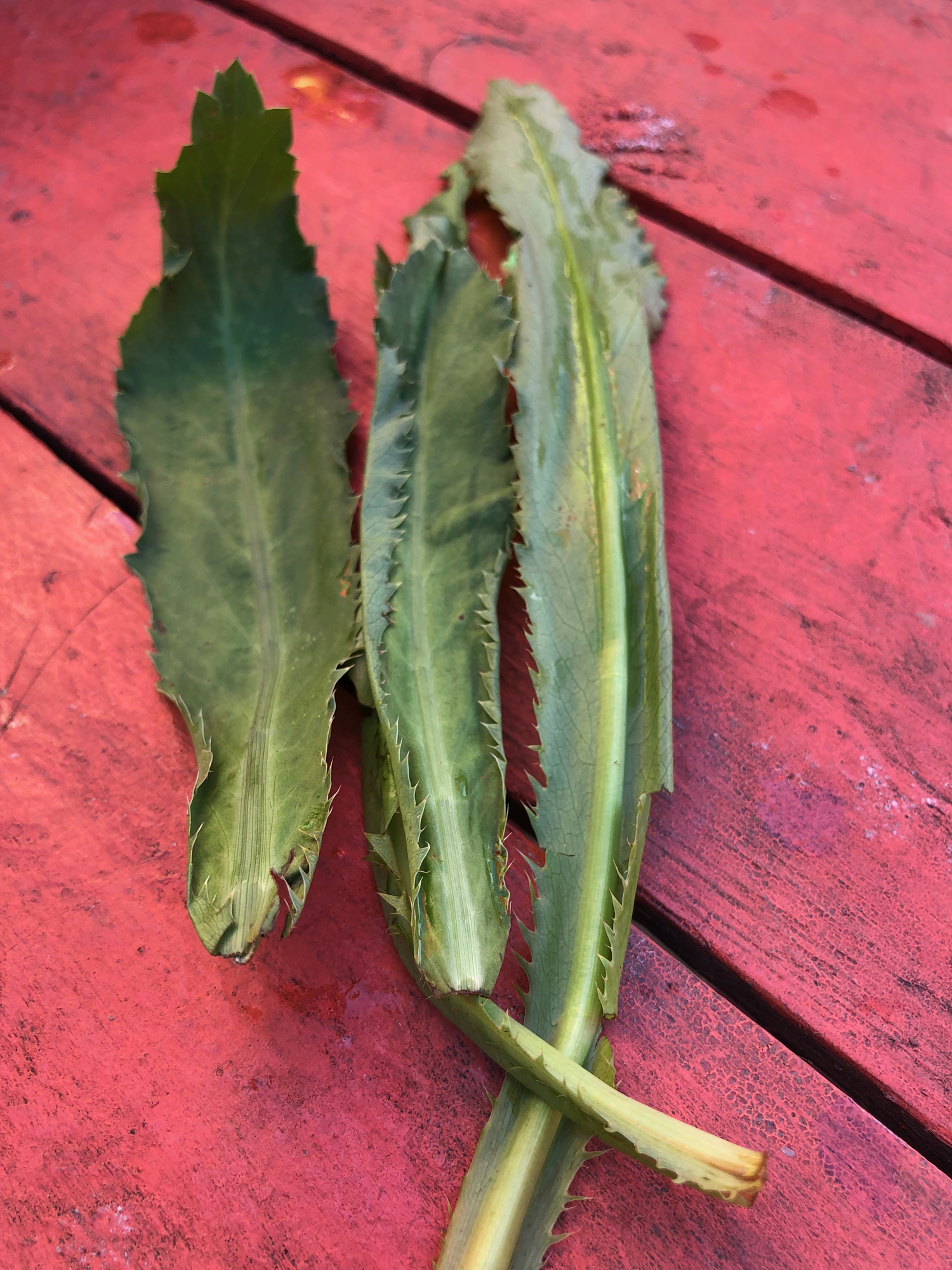
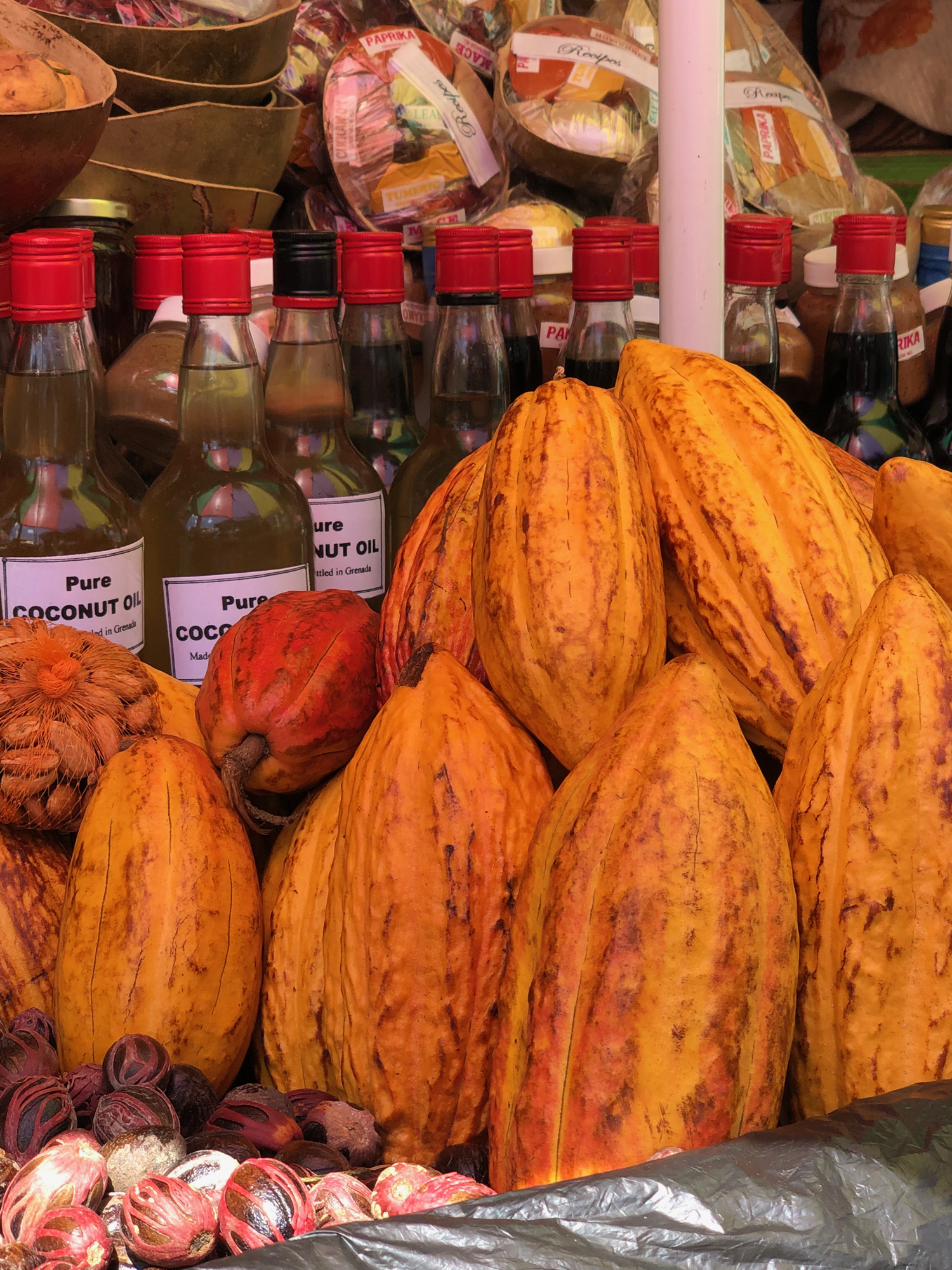
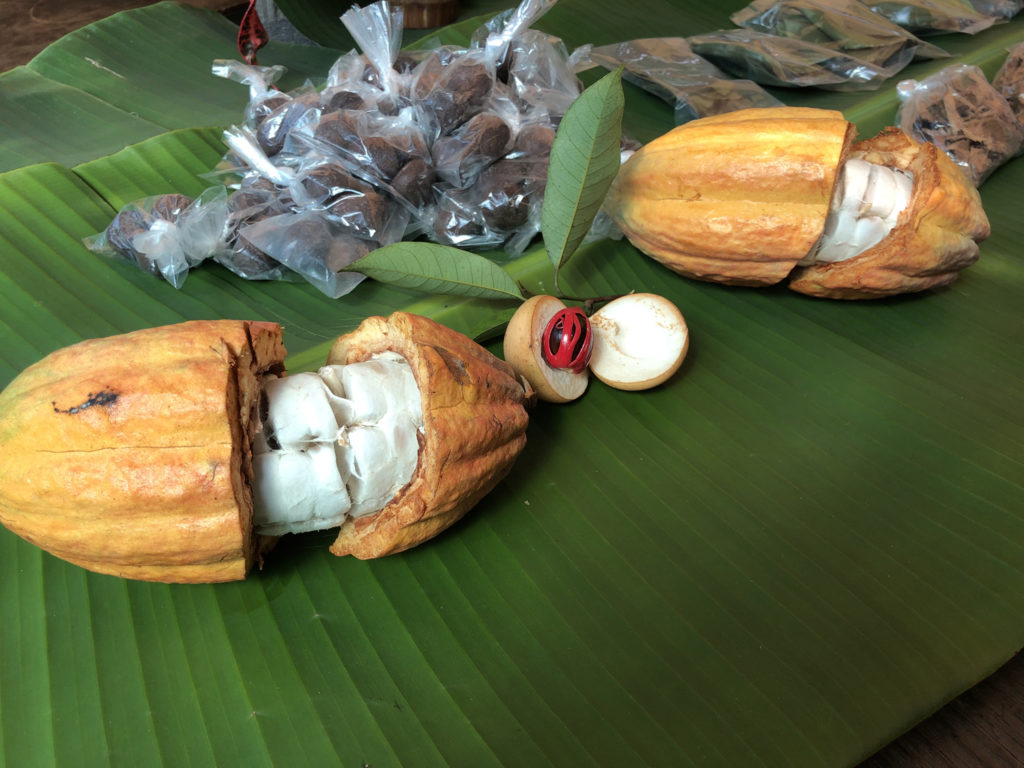

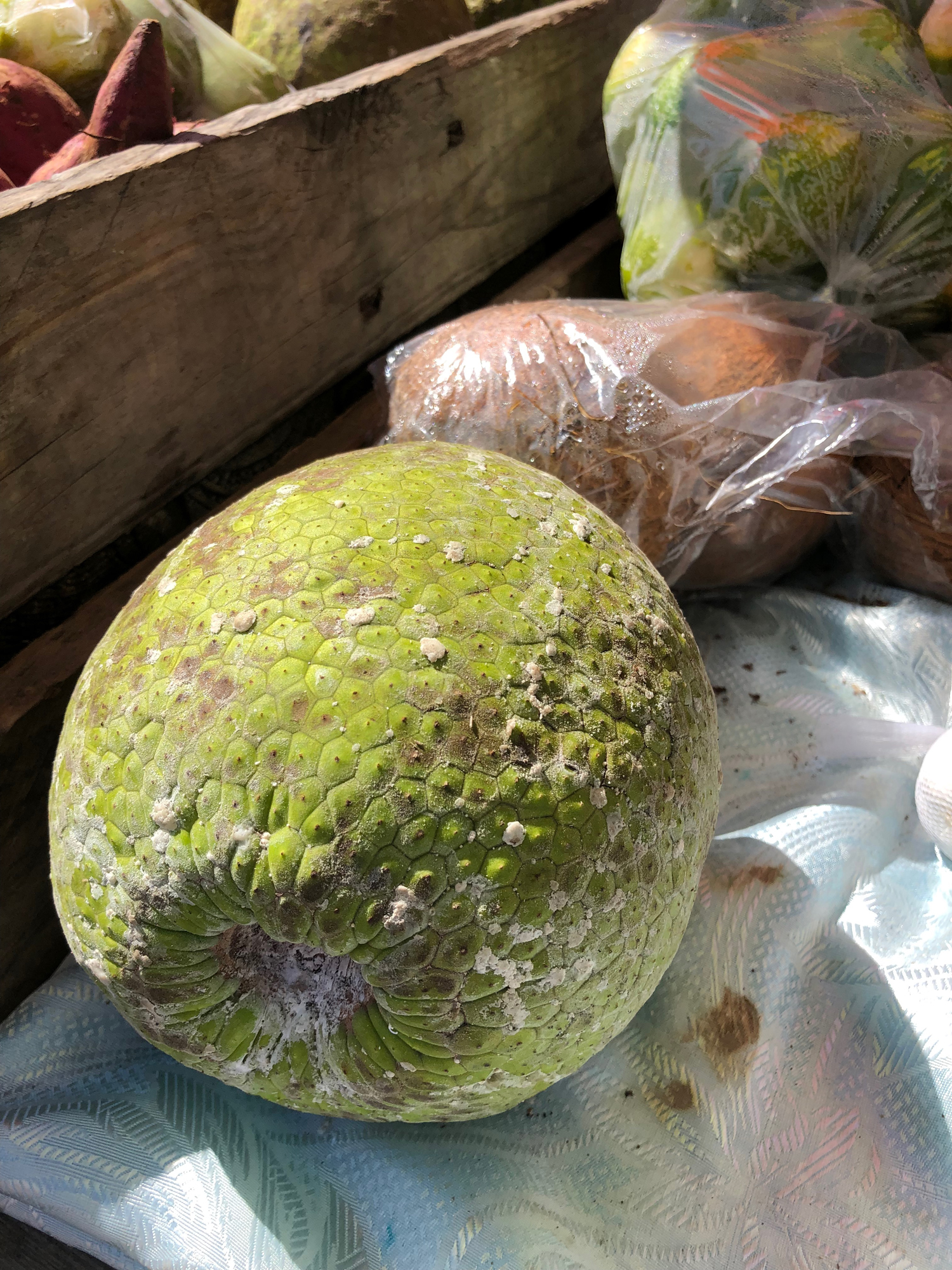
Breadfruit holds the honour of being one of the main ingredients in Grenada’s national dish Bread Fruit Oil-Down. The recipe on a bright tea towel that I bought lists the ingredients as 250g salt meat, 250g salt fish, 2 small breadfruit, 2 chives, 2 sprigs thyme, 1 whole chilli, 1 stick celery, 1.5 litres coconut milk, a small amount (one-eighth tsp salt) optional, and 1 whole pepper.
The method: soak the fish and meat overnight in cold water, then drain. Remove the breadfruit core, peel and slice. Then in a saucepan place alternate layers of breadfruit, mean and saltfish. Next add the chilli, thyme and chives and add to the pan with the stick of celery and coconut milk. Cover the pan and bring it to the boil. Reduce the heat and simmer until the contents are cooked and tender. When cooked the liquid should all be absorbed and the stew oily… I haven’t tried to make this… but when I find a market that sells breadfruit I will have a go.
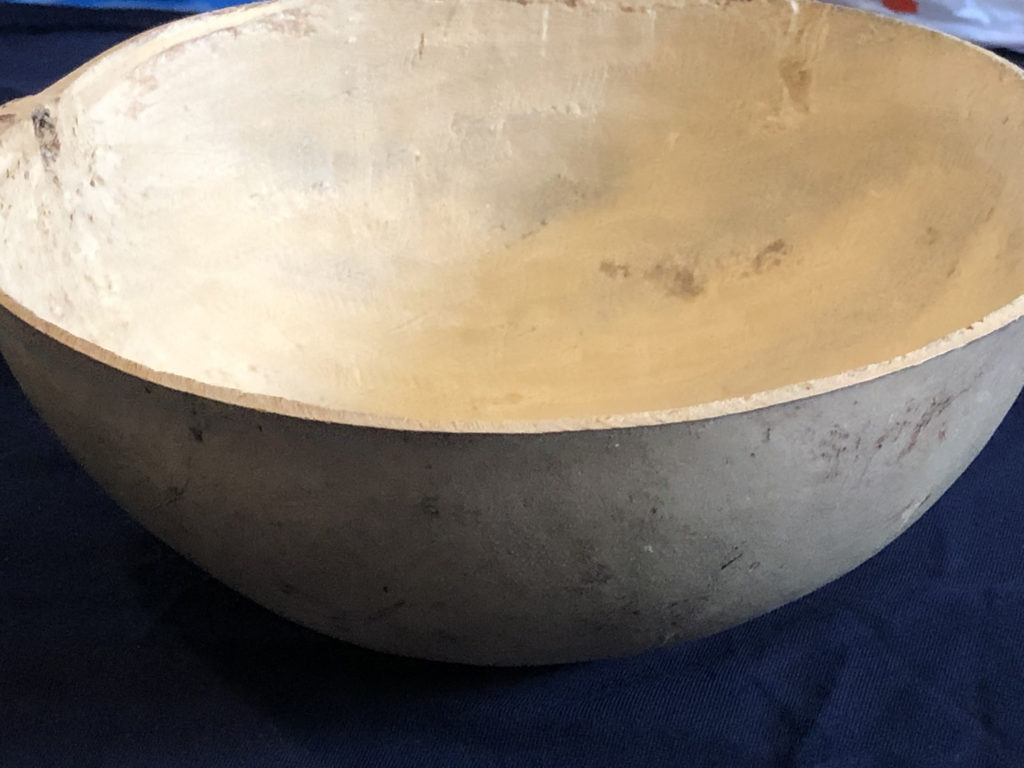
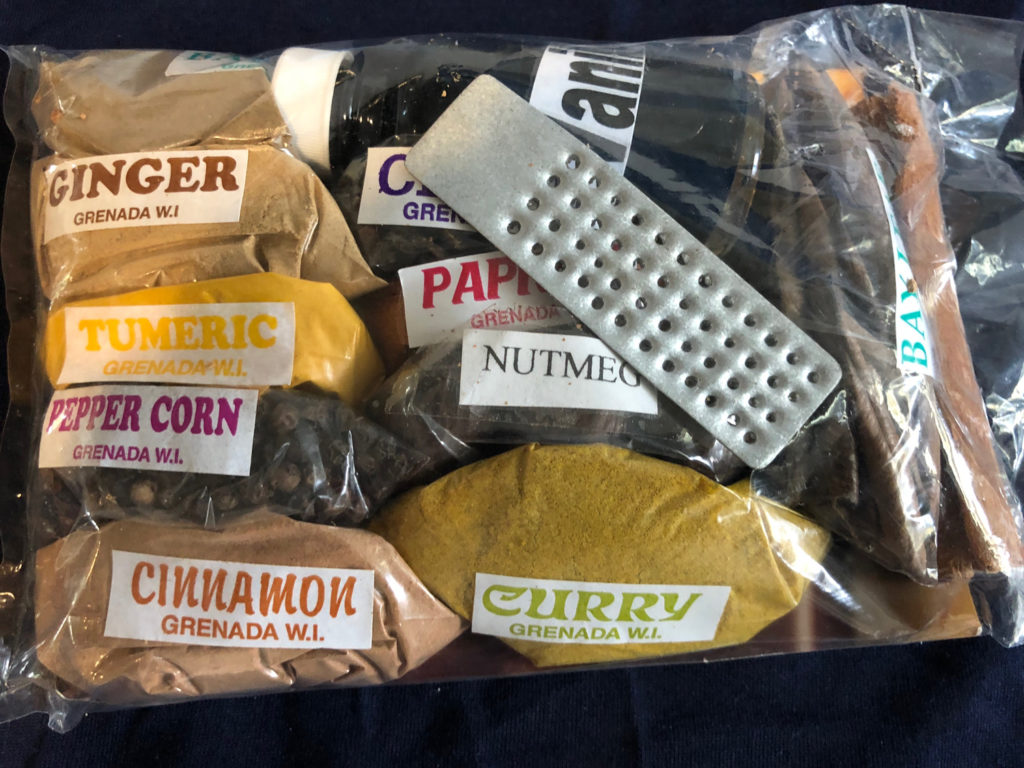
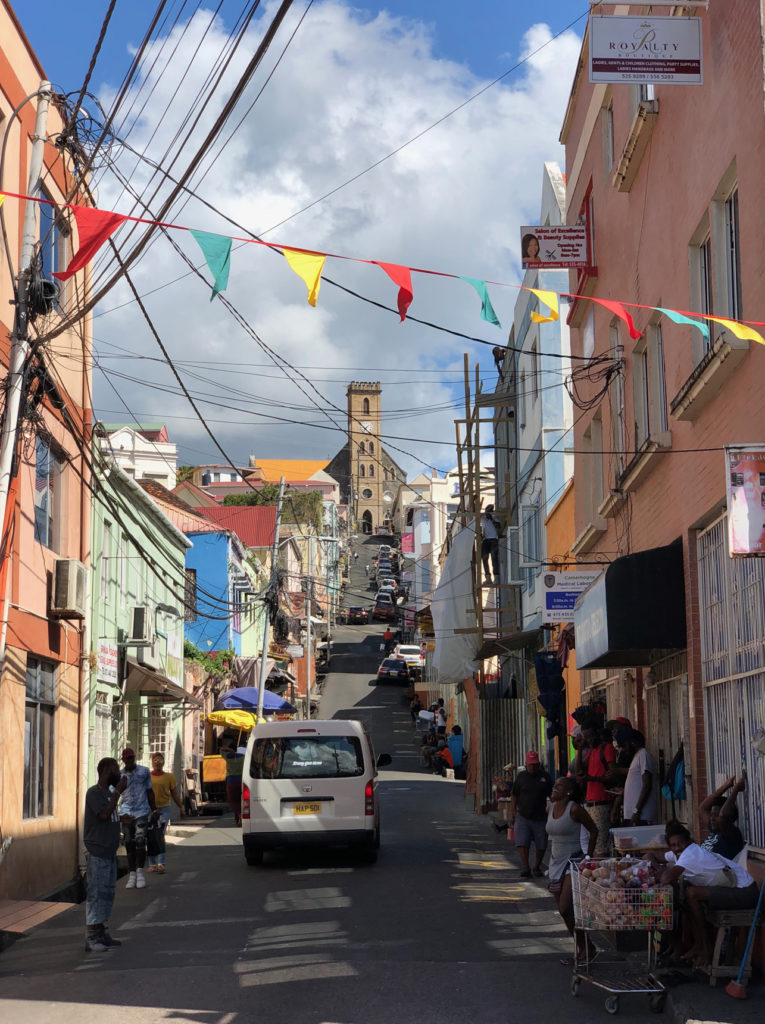
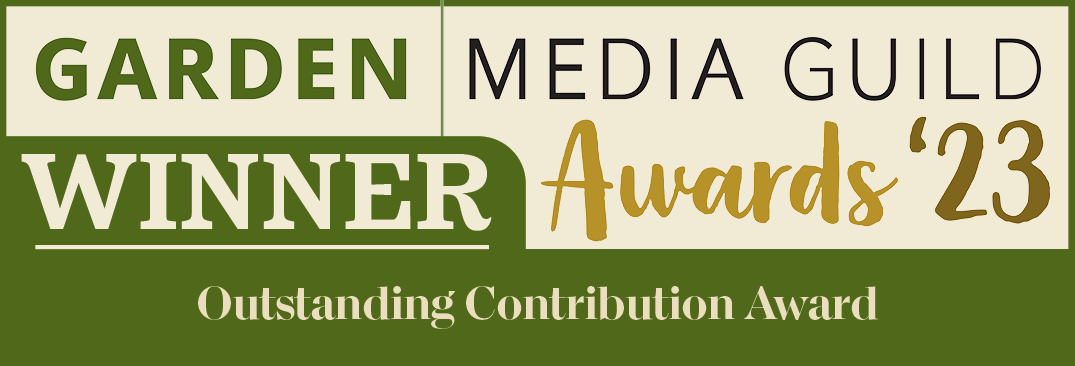

Wow – you certainly made good use of your day in Granada! Wandering the local market is such a wonderful way of exploring the local culture.
Hi Margaret, I love going to markets whenever I visit somewhere. Just love the way different countries display things differently. Always so much to learn. Hope I get to go back there for more than a day!
all best
Barbara
What a wonderful market visit and the nutmeg factory. I had never thought about how they did those markings on the sacks but those stencils make sense. That is the most perfect nutmeg and mace I have ever seem. Love going to markets in foreign countries.
Yes the stencils were such ‘old’ but evocative technology! And the nutmeg and mace were so fresh!
Loved Grenada when we visited many moons ago. My fellow Dame d’Escoffier, Chantal Coady of Rococo Chocolate, is closely involved in cocoa plantations there and I think the cocoa plant she gave to the Chelsea Physic Garden comes from there. They have such an array of spices there, I wonder how they are used in local dishes?
Lovely photos, Barb. I could almost smell the exotic aromas!
I remember you talking about your Dame d‘Escoffier group – what a great connection. I would love to return to Grenada and learn more about the Cocoa and Chocolate. And possibly go on a cooking course to learn about the way they use herbs and spices. Thanks for being in touch.
Hallo my dear Bren, it was such a vibrant place and I was on a mission to find out as much as I could in a short time! Thanks for you lovely comment about the photos!
Very informative